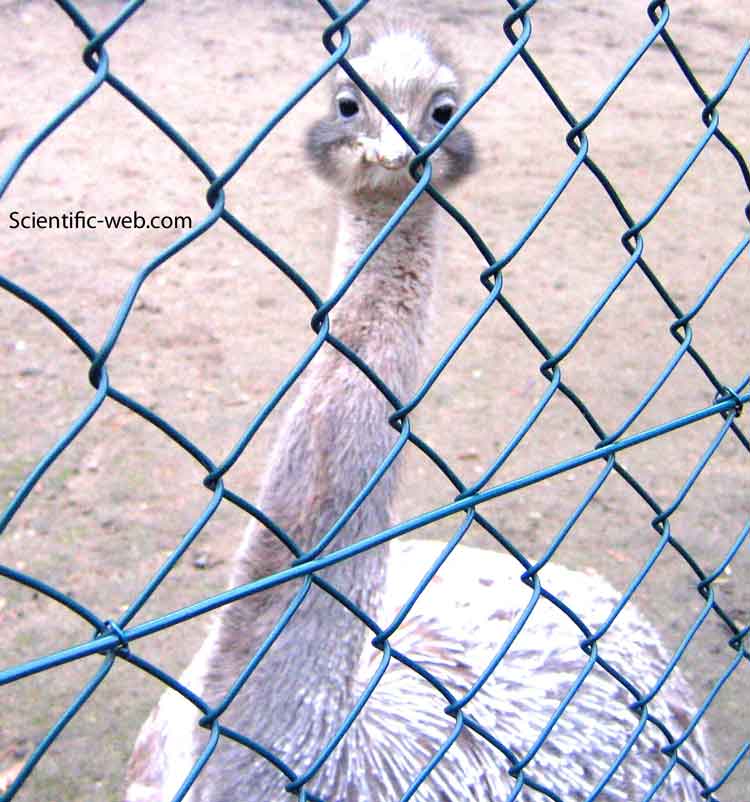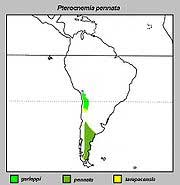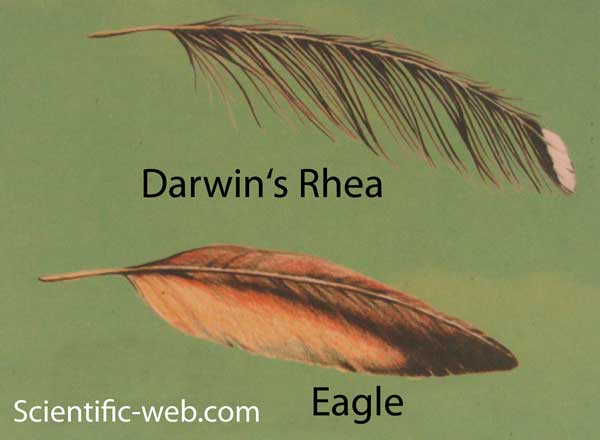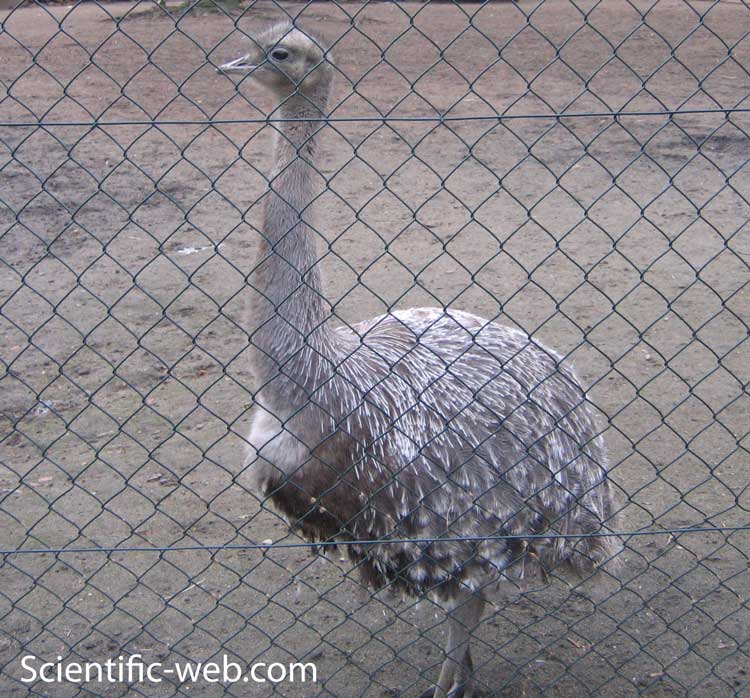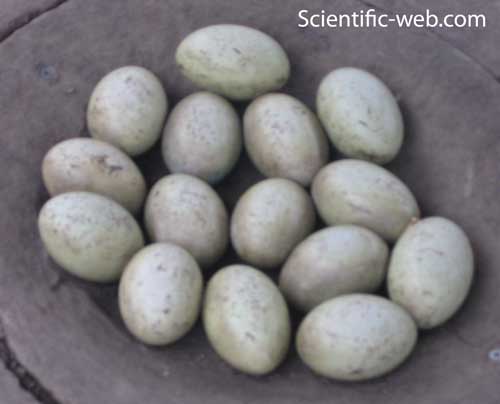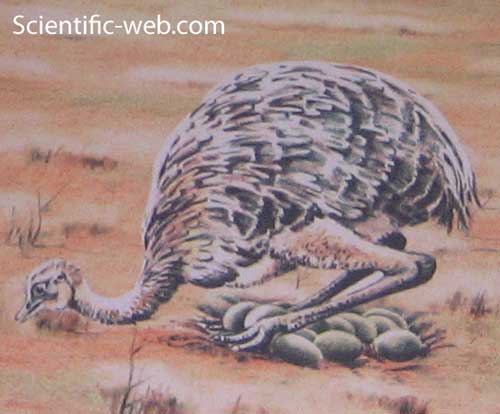Darwin's Rhea, Darwin-Nandu (Pterocnemia pennata), Photo: Michael Lahanas
Darwin's Rhea (Rhea pennata), also known as the Lesser Rhea, is the smaller of the two extant species of rhea. It stands at 90 to 100 centimeters (3 ft to 3 ft 4 in) tall, and has larger wings than other ratites, enabling it to run particularly well. It can reach speeds of 60 km/hour, enabling it to outrun predators. The sharp claws on the toes are effective weapons. The males of this species become aggressive once they are incubating eggs. The females thus lay the later eggs near the nest, rather than in it. Most of the eggs are moved into the nest by the male, but some remain outside, where they rot and attract flies. The male, and later the chicks, eat these flies. Outside the breeding season, Darwin's Rhea is quite sociable: it lives in groups of from 5 to 30 birds, of both sexes and a variety of ages. Darwin's Rhea lives in areas of open scrub in the grasslands of Patagonia and on the Andean plateau, through the countries of Argentina, Bolivia, Chile, and Peru.[1] It is known locally by various names, depending on the location: suri, choique, ñandú petiso, or ñandú del norte. There are two subspecies besides the nominate, the Puna Rhea (R. p. garleppi) and R. p. tarapacensis.[1] Discovery During his voyage on the HMS Beagle, Charles Darwin had heard from gauchos of the existence of a smaller Rhea in southern Patagonia. After searching for this bird for months, Darwin accidentally recognized this bird while eating a hunted specimen. He reconstituted the skeleton and sent it to John Stevens Henslow in London. In 1837 this bird would be cited in a joint communication by Darwin and the ornithologist John Gould to the Zoological Society of London [2] Charles Darwin considered Rhea americana and Rhea darwinii originally as two varieties of the same bird. But when Gould classified them as distinct species, he created a serious problem for Darwin. As these birds lived in different parts of Patagonia, there was a also an overlapping zone where the two birds species coexisted. As every living being had been created in a fixed form, as accepted by the science of his time, they could only change their appearance by a perfect adaptation to their way of life, but would still be the same species. But now he had to deal with two different species. This started to form his idea that species weren't fixed at all, but that another mechanism might be at work. [3] Darwin's Rhea (Pterocnemia pennata), Photo: Michael Lahanas
Eggs of Darwin's Rhea (Pterocnemia pennata), Photo: Michael Lahanas
Darwin's Rhea (Pterocnemia pennata), Photo: Michael Lahanas References 1. ^ a b c BirdLife International (2008). Pterocnemia pennata. 2008 IUCN Red List of Threatened Species. IUCN 2008. Retrieved on 05 November 2008. Retrieved from "http://en.wikipedia.org/"
 |
|
|||||||||||||||||||||||||||||||||||||
